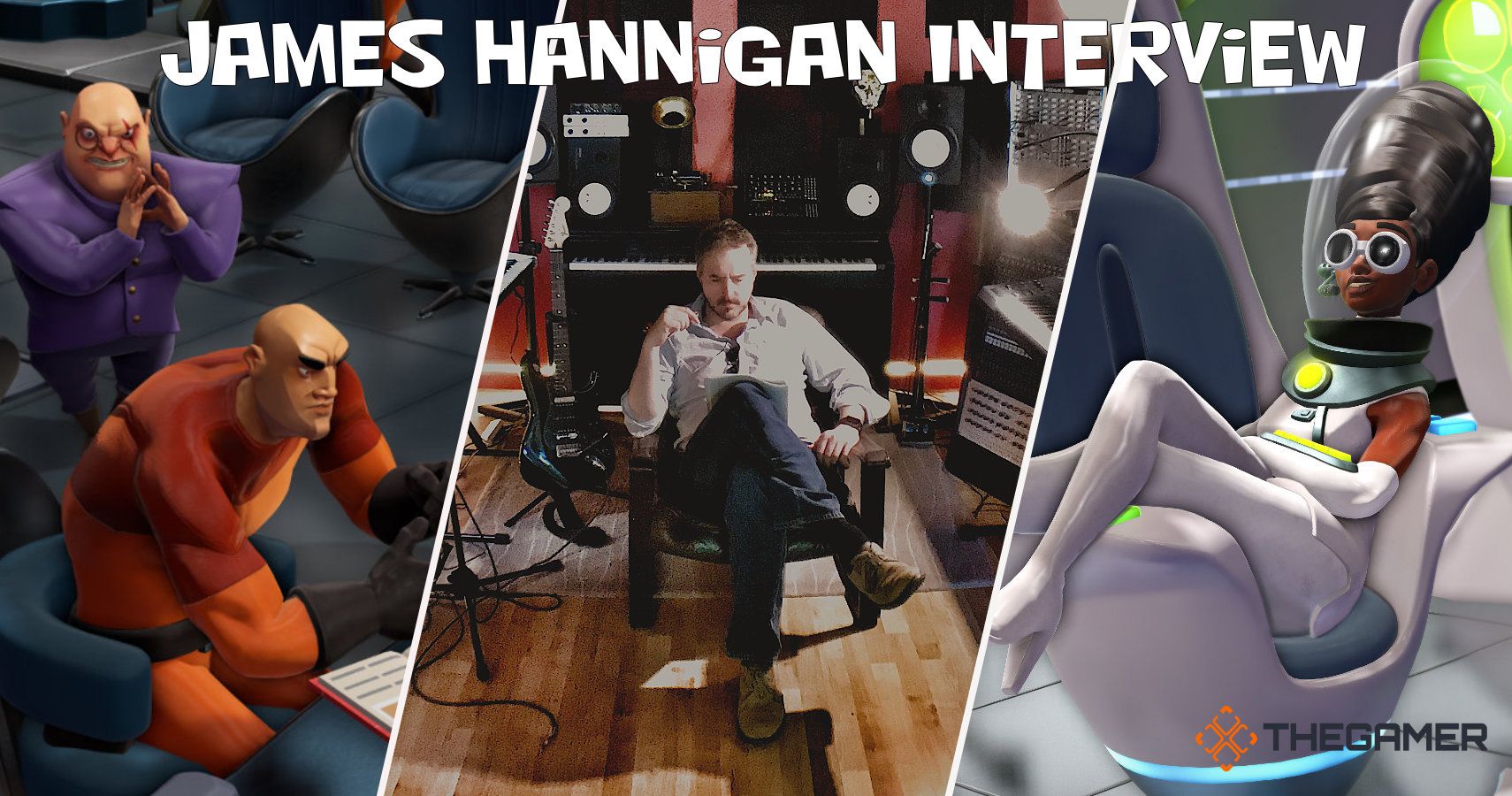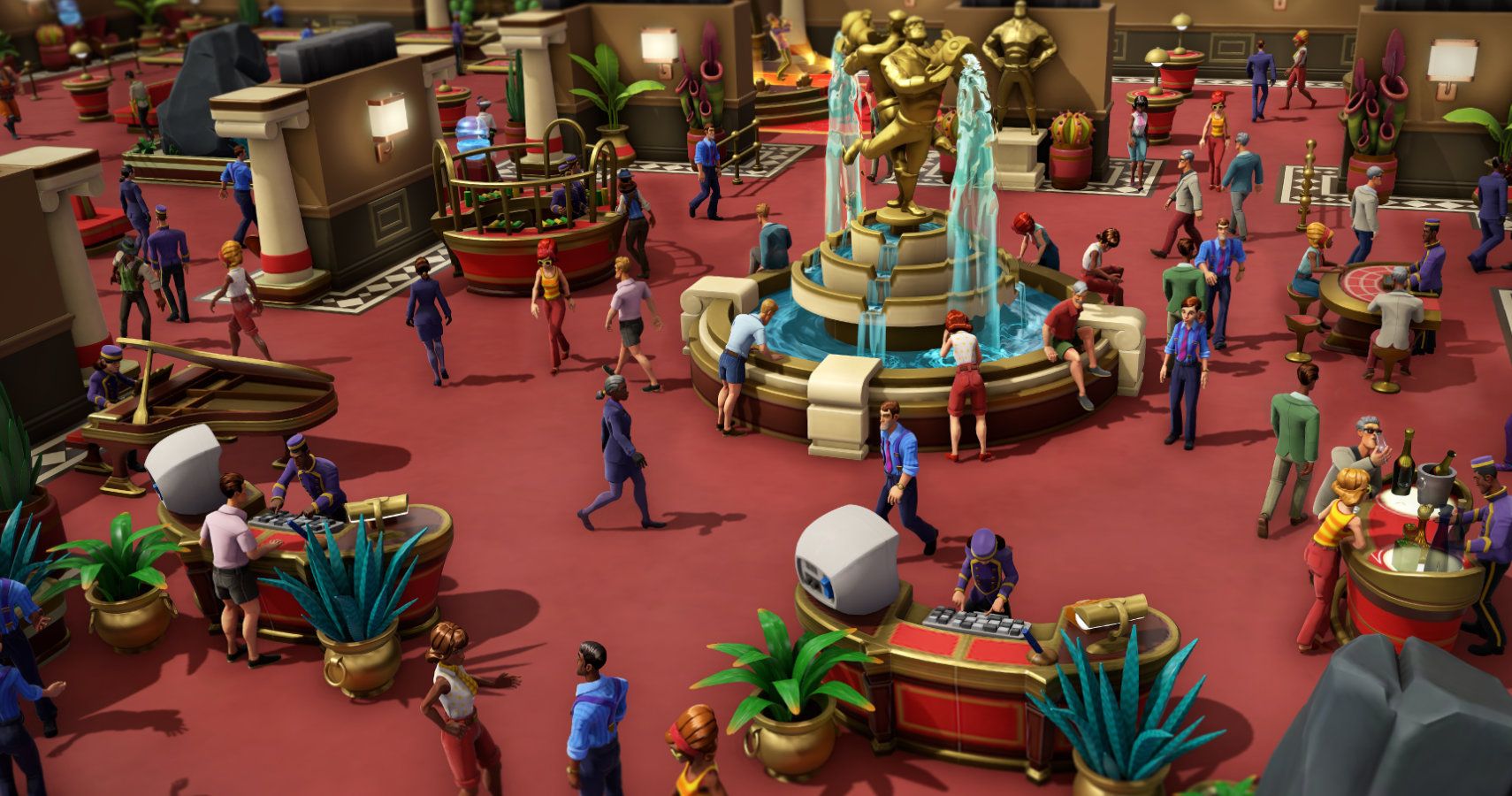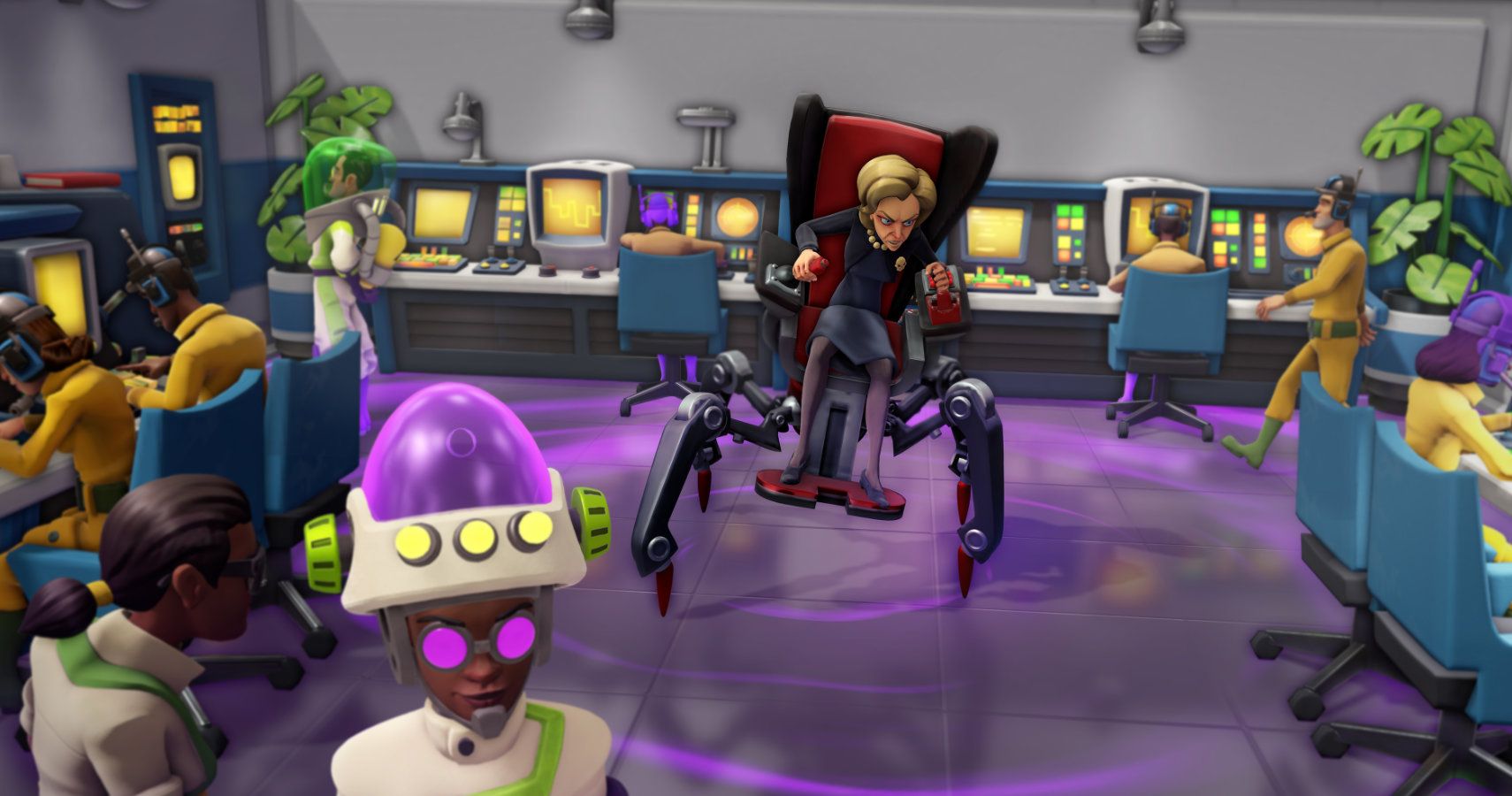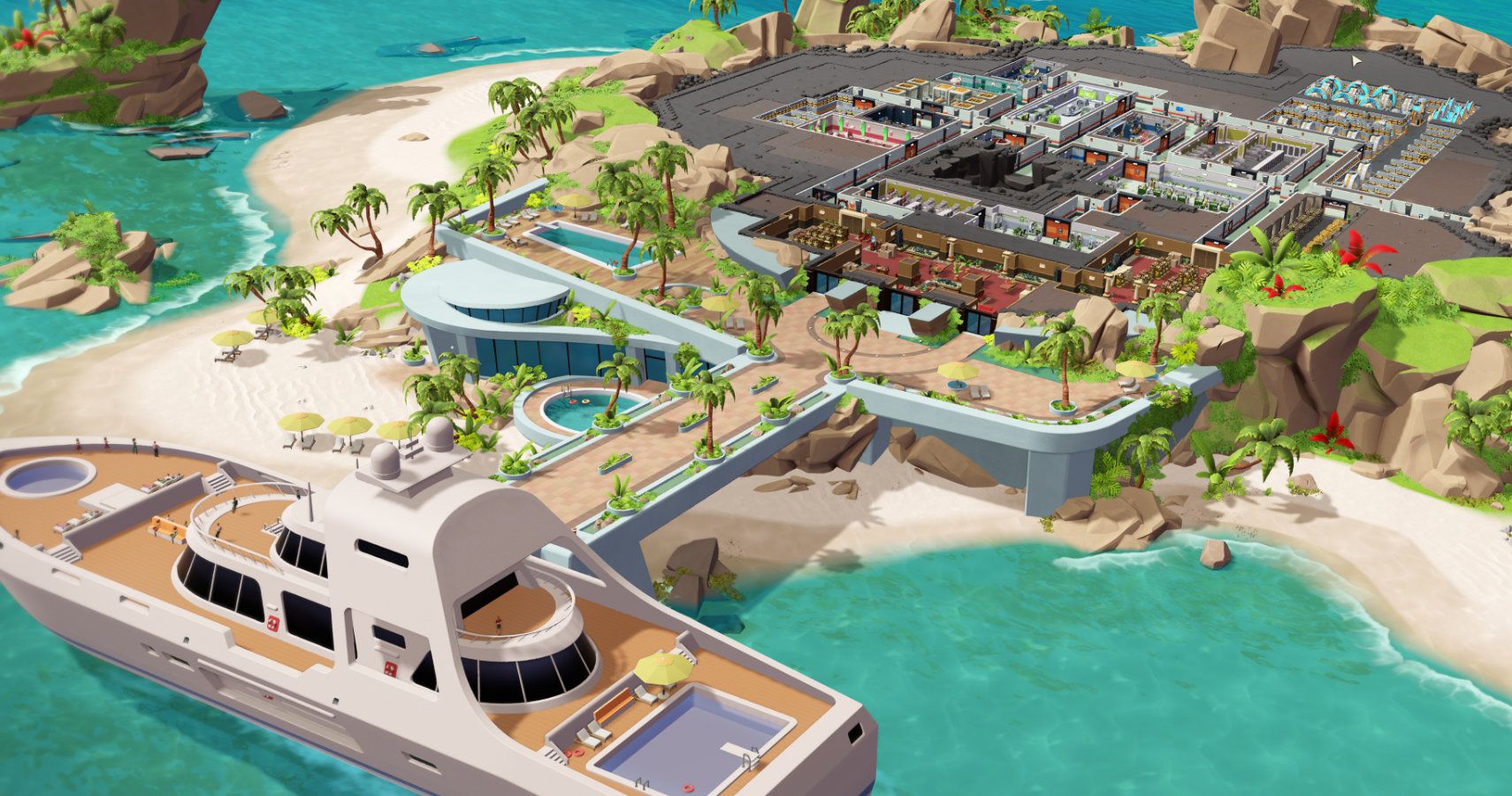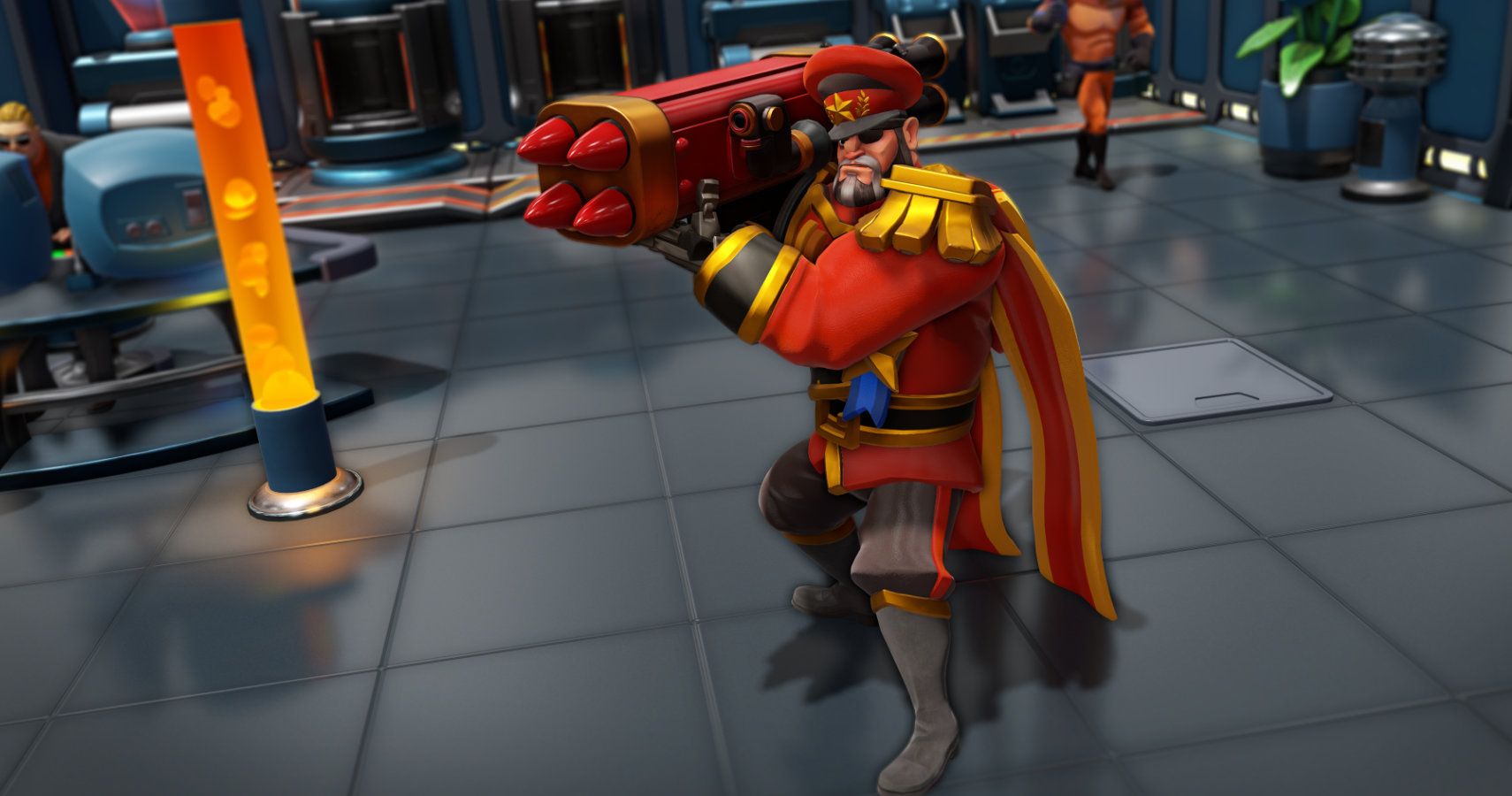Almost two decades after the original game, Evil Genius 2: World Domination has finally been unleashed into the world. In the run-up to launch, we had the opportunity to speak with James Hannigan, lead composer for Evil Genius and Evil Genius 2, discussing topics such as how music in games is perceived, working across different mediums, and the development of video game music throughout his lengthy career. Naturally, we also found out plenty about his time working on the Evil Genius franchise.
James Hannigan is a well-respected British composer who has been heavily involved with video game scores since Space Hulk: Vengeance of the Blood Angels way back in 1995. Over this time Hannigan’s experience has been incredibly varied. “I’m fortunate enough to have worked on some truly diverse projects, on many different scales, and have been around long enough to see a lot of people - and technologies - come and go from the industry,” Hannigan says. “Some projects I’ve worked on have had only me on board for music, others have had multiple composers - some even have multiple orchestras.”
These days, orchestras being involved in recording video game scores is more commonplace, but this hasn’t always been the case. “When I first started, it was unusual and rarely applicable to record orchestras for games and, when it did happen, it rarely hit the games press,” Hannigan tells me. “It’s a source of mystery for me why doing this became so noticeable in the last ten years or so, when it has actually been happening for decades already. When I started in games, I was very focused on interactive music – for example, for games like Theme Park World. The notion of cinematic games was only starting to creep in then, when people began looking towards film for an emotional language to aid the telling of stories and games began to look more filmic in general.”
Hannigan’s first venture into working with an orchestra was back in the early 2000s on Republic: The Revolution, where he “went a bit nuts there with the interactive music, which was pretty advanced for its time.” It’s something he clearly enjoys and a skill he’s put to good use when working on the Evil Genius franchise. “The original Evil Genius also had an orchestral score and, of course, so does Evil Genius 2!” Hannigan states. “We used an 80-piece orchestra for it, which is pretty enormous by any standards.”
When playing Evil Genius 2, Hannigan’s score adds huge depth to the game. His work on the first title earned him a BAFTA nomination, and fans will notice echoes of that original score here. However, Hannigan was very focused on expanding the musical soundtrack rather than just remastering it. “Almost all of it has been created from scratch, but there are plenty of references to the first game and it’s all pretty much on the same page in terms of style,” he says. “I truly believe that was the most sensible direction to take with this. It’s a case of expanding on - rather than redefining - the world of Evil Genius. As such, the game feels like an old friend, and I find that rather lovely. I hope that gamers feel the same way about it. Like a lot of composers, I love to establish a leitmotif or two when I can - a small theme or musical fragment you can use to signify a project, franchise, character, or something such as that… Evil Genius has one or two of these, and it was a joy bringing them back again.”
A major reason why music has become more important in gaming is likely due to the rise of narrative-based games that feel like interactive movies. There’s also a huge increase in the number of games based on film franchises, something Hannigan has direct experience in. “When it comes to film, where music mostly exists for narrative support, it’s been said that sound amounts to something like 60% of the viewing experience, which is pretty remarkable,” he explains, “That film-like synergy is clearly achievable in games but may be more elusive because the art form is still growing up. Things are still being worked out when it comes to how sound, picture, and gameplay can be made to be mutually - and uniquely - supportive. It stands to reason that this is way more likely to happen if music and sound are factored into game design from the outset.”
Music is an often overlooked aspect of gaming, and even when it’s acknowledged, composers themselves rarely are. “When a track of mine appears on YouTube, sometimes I get to see some nice comments about it, but it’s rarely aimed at me,” Hannigan says. “On the rare occasions I’ve popped up and said, ‘thank you!’ or words to that effect, I’m often met with a ‘who the hell are you?’ type-response! As if to say, ‘What? This music was actually created by someone?’ It’s quite weird, but as a composer, you get used to it.”
Hannigan says that how soon he gets involved in projects “varies considerably” and that each has its good and bad points. “The benefits of being involved for a shorter time is that there’s an intensive burst of activity and it’s all over pretty quickly, but the advantage of having longer is that you get to think more about the music and do more tweaking.”
Is music at the bottom of the to-do list for games then? Hannigan believes it’s much more complicated than that. “Ultimately, how important music is in games is, I think, a conscious choice resulting from decisions made by composers and developers together.”
Music has always been part of video games but in recent years it’s been more recognized as an art form in its own right. You can now go and see touring orchestras that solely perform video game music, and scores are almost as readily available as soundtracks. With the rise of DMCA issues and streaming platforms forcing creators to mute the soundtrack to popular games, many people are finally beginning to recognize the value of music. “
“Music adds a dimension that isn’t provided by visual cues, or provides information necessary for playing,” Hannigan tells me. “I think it follows that it will become more highly valued – and I guess this can only add value to games as a whole. Just as it does in film and TV.” In terms of noticing it only when it isn’t there, he offers a more scientific-sounding explanation, “Music can work at a subconscious level, and we aren’t always aware of how it subtly manipulates us and shapes our emotional responses. As a species, I think we’re more receptive to what we can see and the medium of games is still thought of by many as primarily a visual one. I reckon that partly explains why music is more noticeable in its absence.”
Back on Evil Genius 2, Hannigan displays clear affection for the game, saying, “Getting to work on a ‘new IP’ or self-contained series is ideal, especially if you get to put your own stamp on it. But those opportunities don’t come along very often! This is one reason it’s so cool to work on Evil Genius and Evil Genius 2. Although parodic at times, the series is still its own thing and I was very fortunate to get in on the ground floor with it.”
In terms of his favorite track, Hannigan tells us, “That’s such a difficult question because I like to think of a soundtrack – or any body of work – as being interconnected in some way, and part of one big whole. I guess this is what you might call a symphonic approach to game music.” He continues, “If I had to pick a track, I’d probably go for the new main theme, as it was pretty tricky figuring out how to retain the identity of the original while adding a new dimension to it for Evil Genius 2.”
When discussing the inspiration for his work Hannigan is very focused on the importance of using the source material itself as a primary focus, along with, well anything else that can spark an idea. He tells us that the important issue to focus on is that the music “serves the gaming experience.”
While Evil Genius has allowed Hannigan to truly unleash his creativity, he’s also worked on some big-name franchises including The Lord of The Rings and Harry Potter. “It's lovely getting to work on those franchises, but it can also be a poisoned chalice,” says Hannigan.
A huge part of this is the issue of working with existing music that’s often very well-known and easily recognized, and the difficulties that come with incorporating that into your own score. This was something Hannigan particularly felt when working on the later Harry Potter games. “With licensed games, you’re also largely in the shadow of a film’s music, even if your music is actually new,” Hannigan explains.
There are some advantages, however. “It can be helpful having an existing framework there to work with, as a little bit of the brainwork has been done for you,” Hannigan explains. “For example, if you’re on Harry Potter, you’re hardly going to be writing trance music for it. Well, you could always try to, but it may not go down all that well with the producers…” “I’m lucky to have worked on licensed games such as Harry Potter and Cloudy With a Chance of Meatballs, but you can find that doing so can define you as a composer. For example, you may become pigeonholed as someone who works on ‘licensed projects’ or pegged as genre-based (in this case, fantasy) or as a composer who only works with orchestras. Which couldn’t be further from the truth.”
It’s a verdict we can wholeheartedly agree with having enjoyed Hannigan’s work for many years, including, of course, the Evil Genius 2 soundtrack, which we were taken with from the opening bars of the new theme.
Thanks to James Hannigan for taking the time to speak with us. Evil Genius 2: World Domination is out now on PC via Steam.

